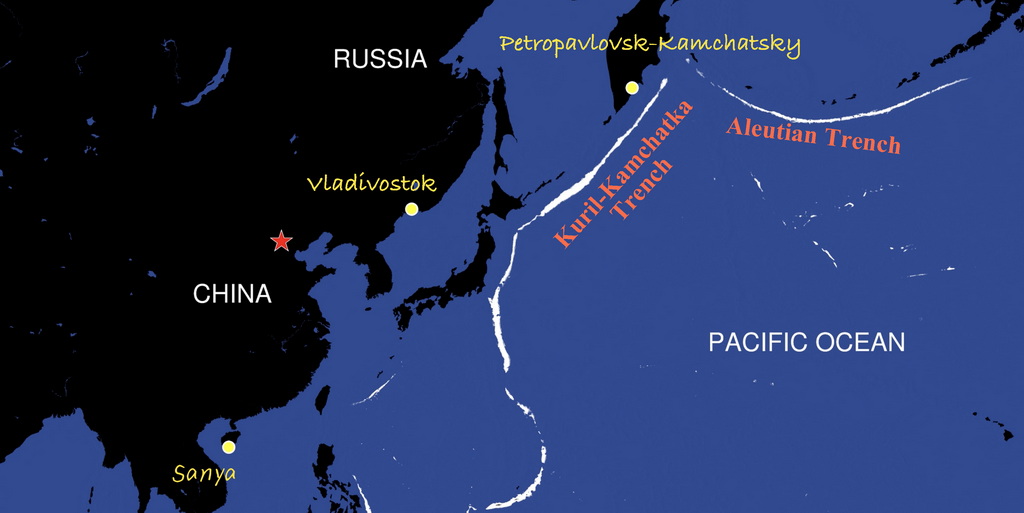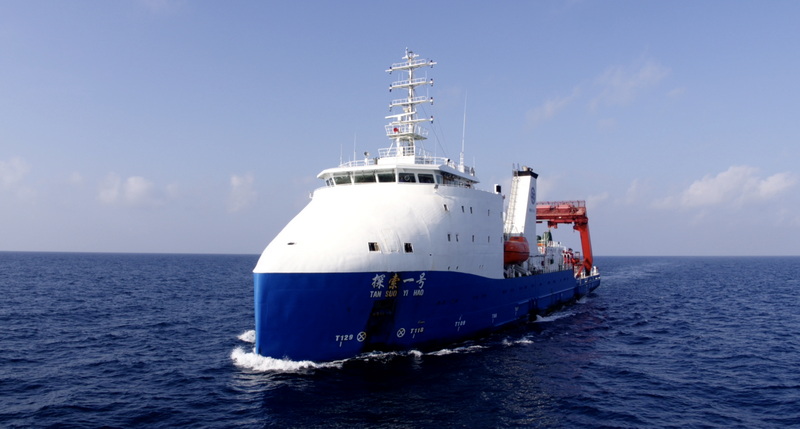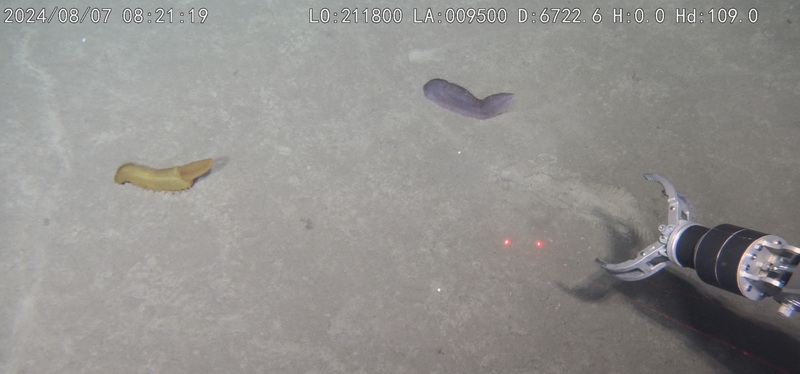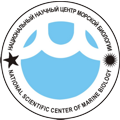From July 7 to August 18, the NSCMB FEB RAS together with the Institute of Deep-Sea Science and Engineering of the Chinese Academy of Sciences (IDSSE CAS) conducted an scientific cruise on the Chinese research vessel Tan Suo Yi Hao in the areas of the northern and central parts of the Kuril-Kamchatka Trench, as well as in the western part of the Aleutian Trench. The investigations were conducted using the deep-sea manned vehicle “Fendouzhe”. The cruise was led by NSCMB Deputy Director Vladimir Mordukhovich. The expedition involved 10 Russian scientists (representing three scientific organizations: NSCMB FEB RAS, POI FEB RAS and IO RAS), 20 Chinese scientists and 9 Chinese pilots/engineers. During the cruise, 31 dives of a deep-sea manned vehicle were performed at depths from 5,537 m to 9,580 m. For Russian scientists, this was the first experience of working in manned vehicles at such depths. Nine Russian specialists directly participated in the dives, including at depths greater than 9,000 m.


Research vessel Tan Suo Yi Hao.

Deep-sea manned vehicle “Fendouzhe”.
The study of the deepest parts of the World Ocean and the processes that determine changes in deep-sea ecosystems in space and time is currently one of the central tasks of oceanology. Deep-sea ecosystems are included in global cycles of transformation of matter and energy, they participate in the cycle of chemical elements, geological and geochemical processes (sedimentation, landscape change). The state of the World Ocean, and, consequently, the functioning of the biosphere, depends on the functioning of deep-sea ecosystems.
For many decades, Russian scientists have been conducting successful comprehensive expeditionary studies of deep-sea ecosystems of the northwestern Pacific. Over the past 15 years, the NSCMB FEB RAS has conducted more than a dozen large Russian and international expeditions, both using classic hydrobiological gear and underwater vehicles. However, this Chinese-Russian cruise made it possible to obtain unique data about ecosystems of the two longest trenches in the World Ocean. The work resulted in more than 180 hours of video footage of deep-sea ecosystems, samples of bottom sediments, rocks, fauna, and data on environmental parameters. The work confirmed the assumptions about the unusually high abundance of bottom fauna in the Aleutian and Kuril-Kamchatka trenches, including at the greatest depths (more than 9000), the diversity of habitats and fauna. Analysis of the obtained materials will allow for significant progress in the study of the processes of formation of marine ecosystems, their functioning and evolution.

All Russian specialists note not only the scientific success of the cruise, but also the overall positive emotions and impressions from participation. The hospitality of Chinese colleagues and the crew, their goodwill, and willingness to solve any problems created a wonderful working atmosphere.
"It was a rather difficult cruise in terms of the volume and intensity of work, but the conditions that were created for us allowed us to cope with everything successfully. For me, I think, as for all Russian colleagues, the expedition was incredibly interesting and fruitful. We received very good materials, a completely new experience for us in working with deep-sea manned vehicles at such depths. And, of course, we received simply unforgettable impressions from diving and working together with Chinese colleagues. Believe me, these are not routine polite words. I hope that our joint work after the expedition will soon allow us to publish the results obtained," shared his impressions one of the expedition co-leaders, NSCMB Deputy Director Vladimir Mordukhovich.


